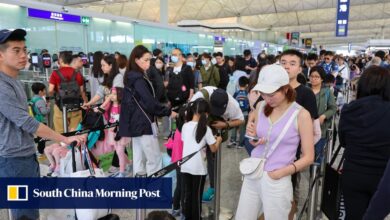South Korea bolsters its border defences, fearing Hamas-style attack from North
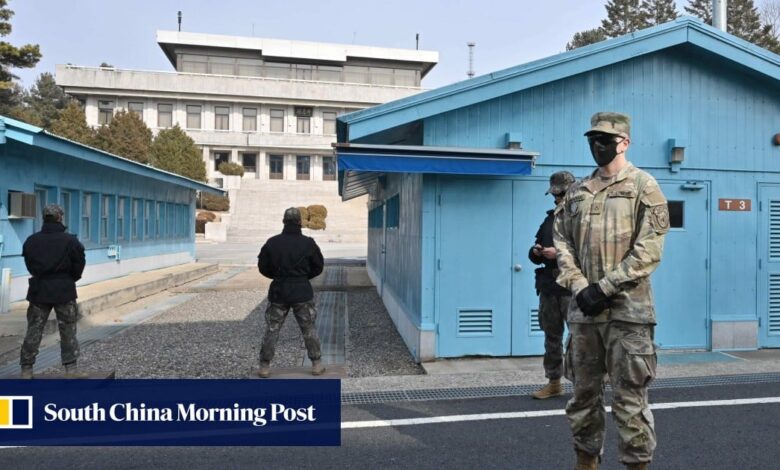
[ad_1]
If fired simultaneously, some 16,000 rockets and various types of artillery shells could pummel the Seoul metropolitan area in the first hour of an attack, Lee Il-Woo, a senior researcher at the think tank Korea Defence Network, told This Week in Asia.
North Korea’s special forces reportedly number some 200,000, with most of them based near the border. Their primary mission is to “use tunnels or various infiltration methods such as submarines, hovercraft, high-speed landing craft, and helicopters” to carry out combined operations against the South, a Korea JoongAng report said.
Could the Israel-Hamas war become multi-front involving Iran and Hezbollah?
Could the Israel-Hamas war become multi-front involving Iran and Hezbollah?
“North Korea has a long history of planning hybrid attacks [against the South],” Lee said, referring to a simultaneous assault using ballistic missiles, artillery pieces, rocket launchers and drones.
“All these weapons have different trajectories, altitudes and speeds, making it almost impossible for the South to shield itself from devastating damage”, he said.
Yang Uk, a senior researcher at the Asan Institute for Policy Studies, said Hamas might have adopted North Korea’s blueprint of combining conventional and guerilla war tactics including the use of underground tunnels, paragliders, rockets and artillery shelling.
“It’s Hamas that has apparently learned from North Korean tactics and not the other way around,” Yang said.
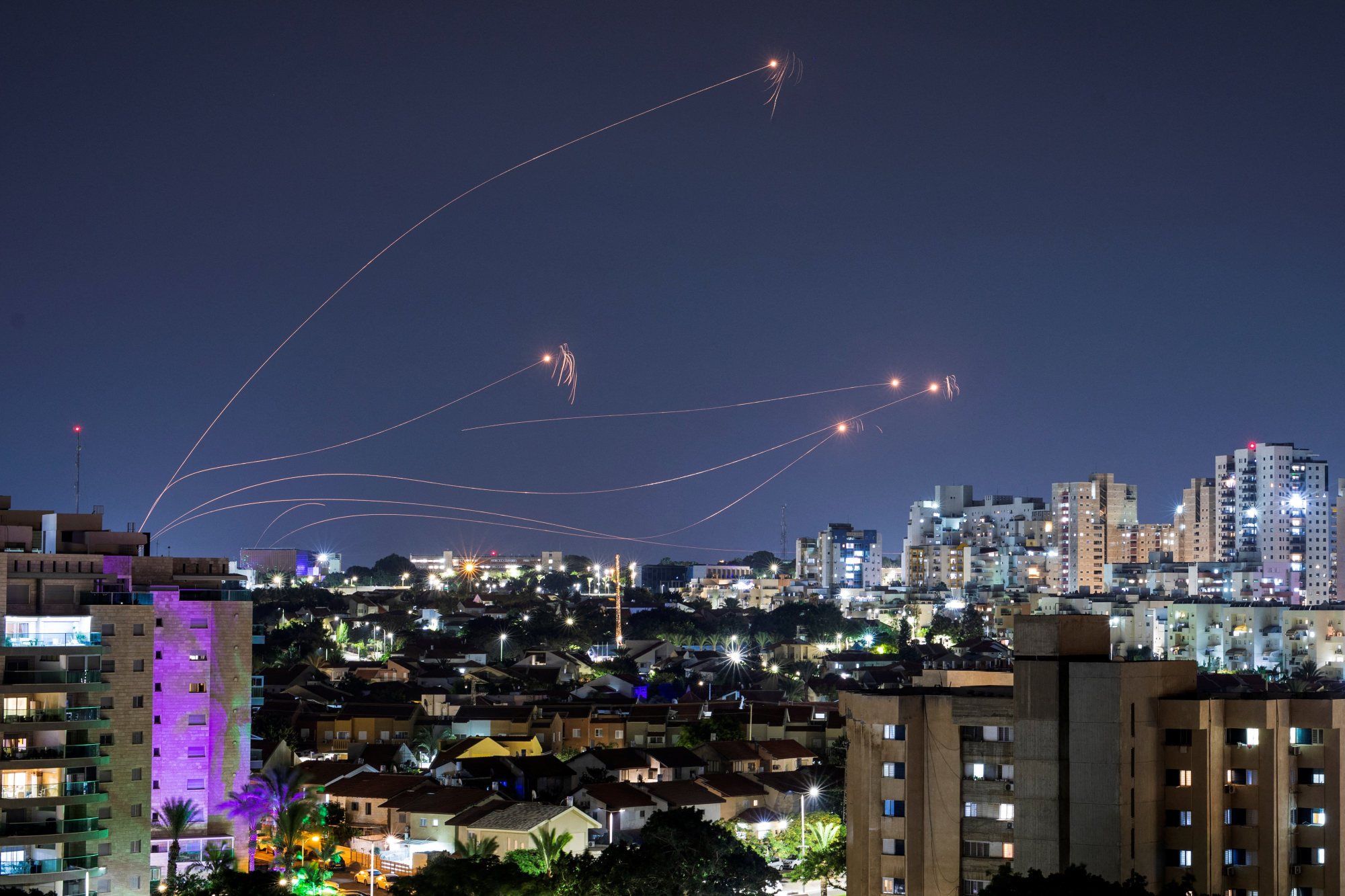
The Israel-Hamas war has also highlighted the need for South Korea to develop robust air defence systems as soon as they can be feasibly deployed, analysts said.
Hamas was able to fire thousands of rockets on the southern part of Israel, overwhelming its “Iron Dome” shield, Lee said. The North Korean threat is far bigger than that of Hamas as it has a wider range and a bigger stockpile of ballistic missiles and drones, making the South highly vulnerable to surprise attacks by the North, he added.
South Korea would only have its version of the “Iron Dome”, the Low Altitude Missile Defence (LAMD) system, operationally ready at the earliest in 2034, according to Lee.
While the South’s LAMD is aimed at intercepting and destroying short-range rockets and artillery shells, it remains to be seen if the system can thwart any attacks by the North, Lee said.
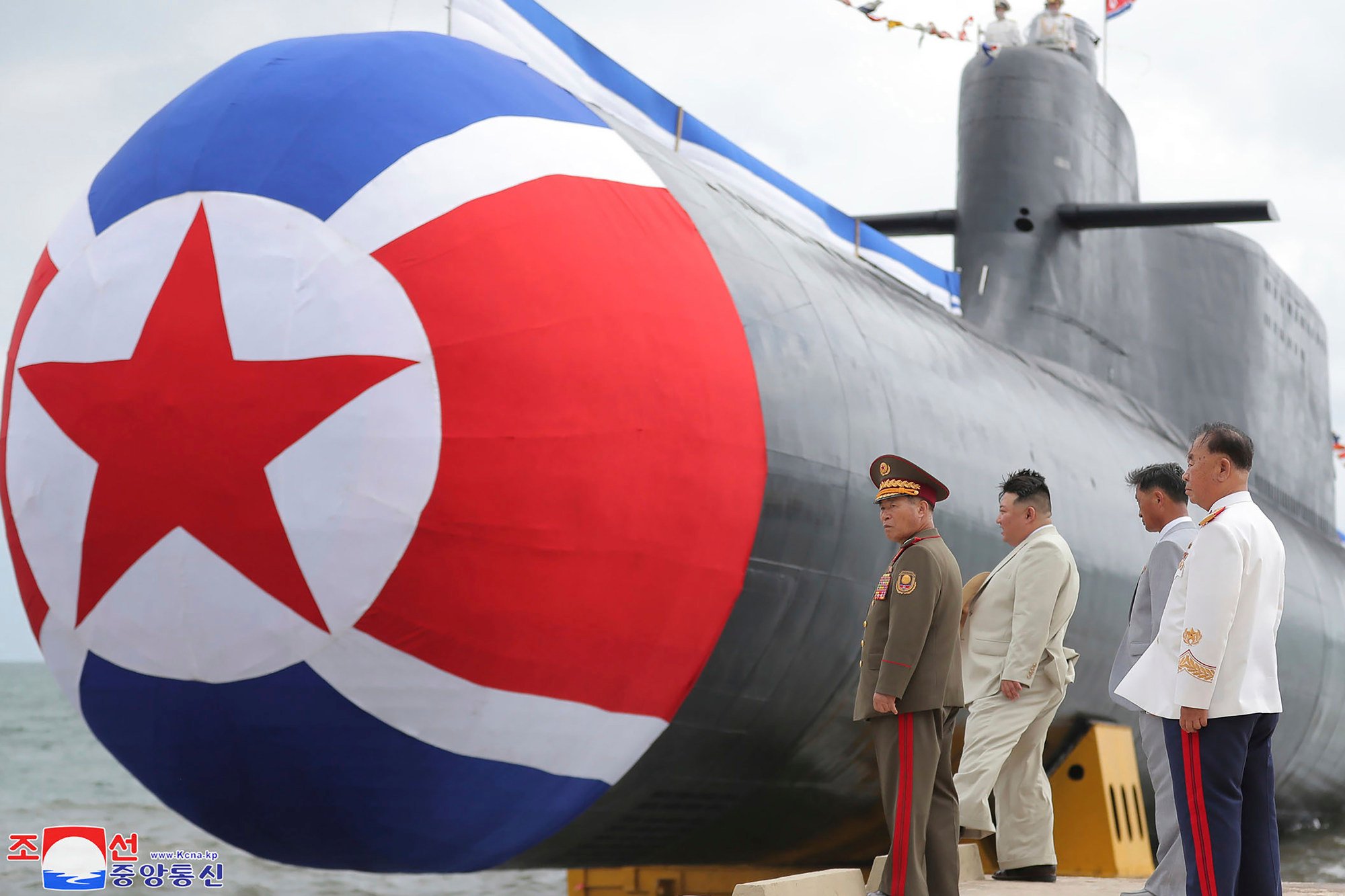
Beyond potential attacks from the ground and air, North Korea could also pose a serious threat at sea near its disputed maritime border with the South.
In a move seen as countering the growing threat of the North’s naval forces, the nuclear-powered USS Ronald Reagan aircraft carrier arrived on Thursday at a key South Korean naval base in Busan in a show of force. It is the second US aircraft carrier to visit the country this year after the USS Nimitz docked in Busan in March for naval drills with South Korea.
Carrier Strike Group 5, which includes the USS Ronald Reagan, the Aegis-equipped USS Shoup destroyer and other warships, is on a five-day visit after it took part in a two-day trilateral exercise off Jeju island, involving South Korean and Japanese warships.
On Shin’s proposal to scrap the 2018 agreement on the wider inter-Korean buffer zone, analysts said the Hamas attack on Israel would lend credence to calls by a number of South Korean politicians and senior military officers for such a move. They noted Shin’s comment on the need for the South’s reconnaissance and surveillance assets to closely watch North Korea’s military activities at the border and beyond.
Signed by then President Moon Jae-in and Kim, the agreement involved the setting up of a land buffer zone, where artillery drills and regiment-level field manoeuvres were to be suspended, as well as maritime buffer zones, banning artillery firing and naval drills near the border.
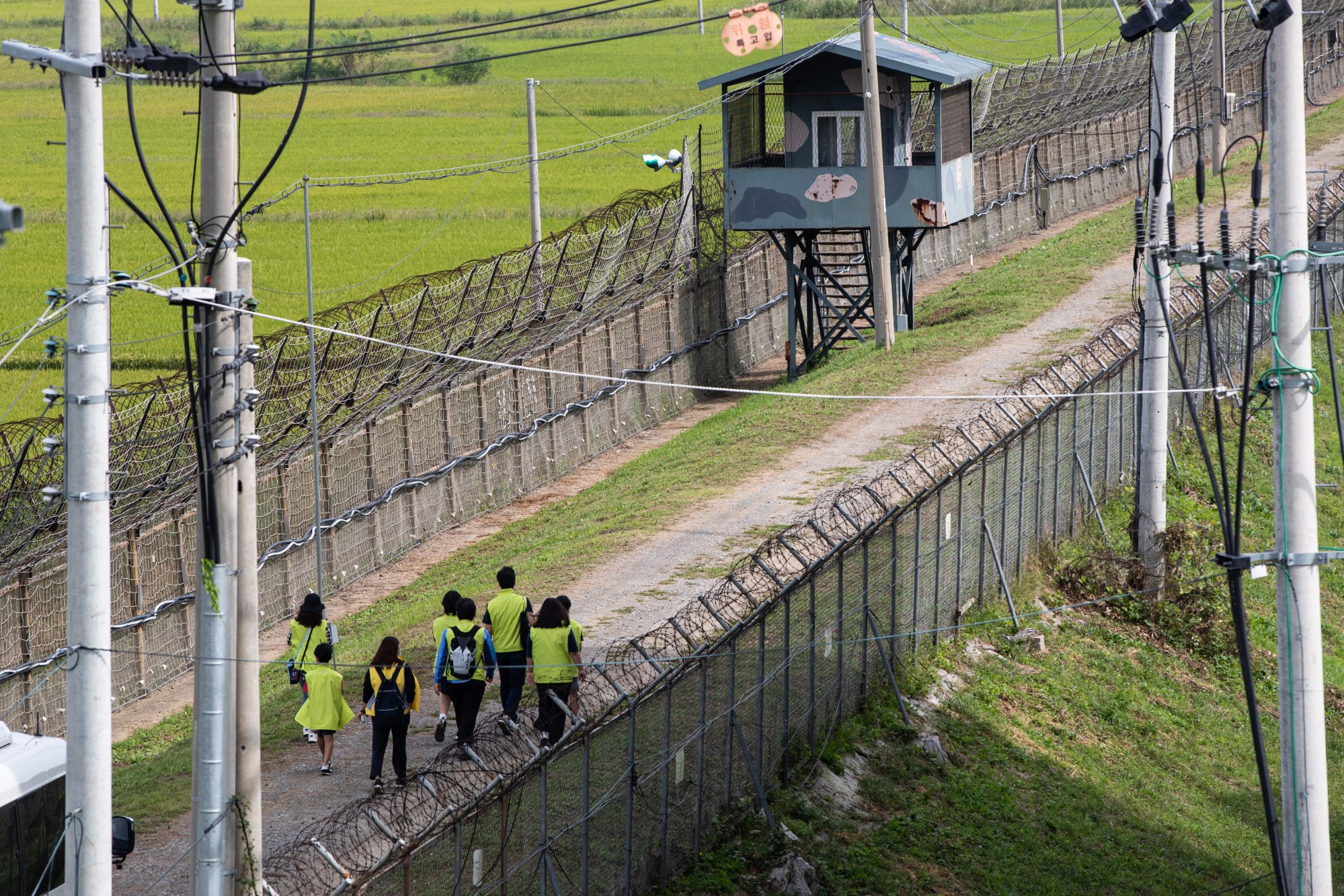
The agreement had already been “broken” by the North when it sent reconnaissance drones across the border late last year and early this year, Lee said. Nonetheless, the South was able to monitor the North’s military movements at the border via its US ally, which has been carrying out aerial intelligence-gathering activities over the North and is not bound by the agreement.
The Israel-Hamas war, however, underscored the importance of such an agreement to prevent any military clash between the two Koreas, said Yang Moo-jin, a political-science professor at the University of North Korean Studies.
Citing mounting cross-border tensions on the Korean peninsula, Yang said, “Had there been a buffer zone between Palestine and Israel like we have between the North and the South, the situation would have been much better. It’s high time that we stress the need to implement the agreement thoroughly, instead of demanding for it to be [suspended or] scrapped.”
[ad_2]
Source link




